Home>Garden Essentials>How Long Can You Keep Pumpkin Seeds For Planting
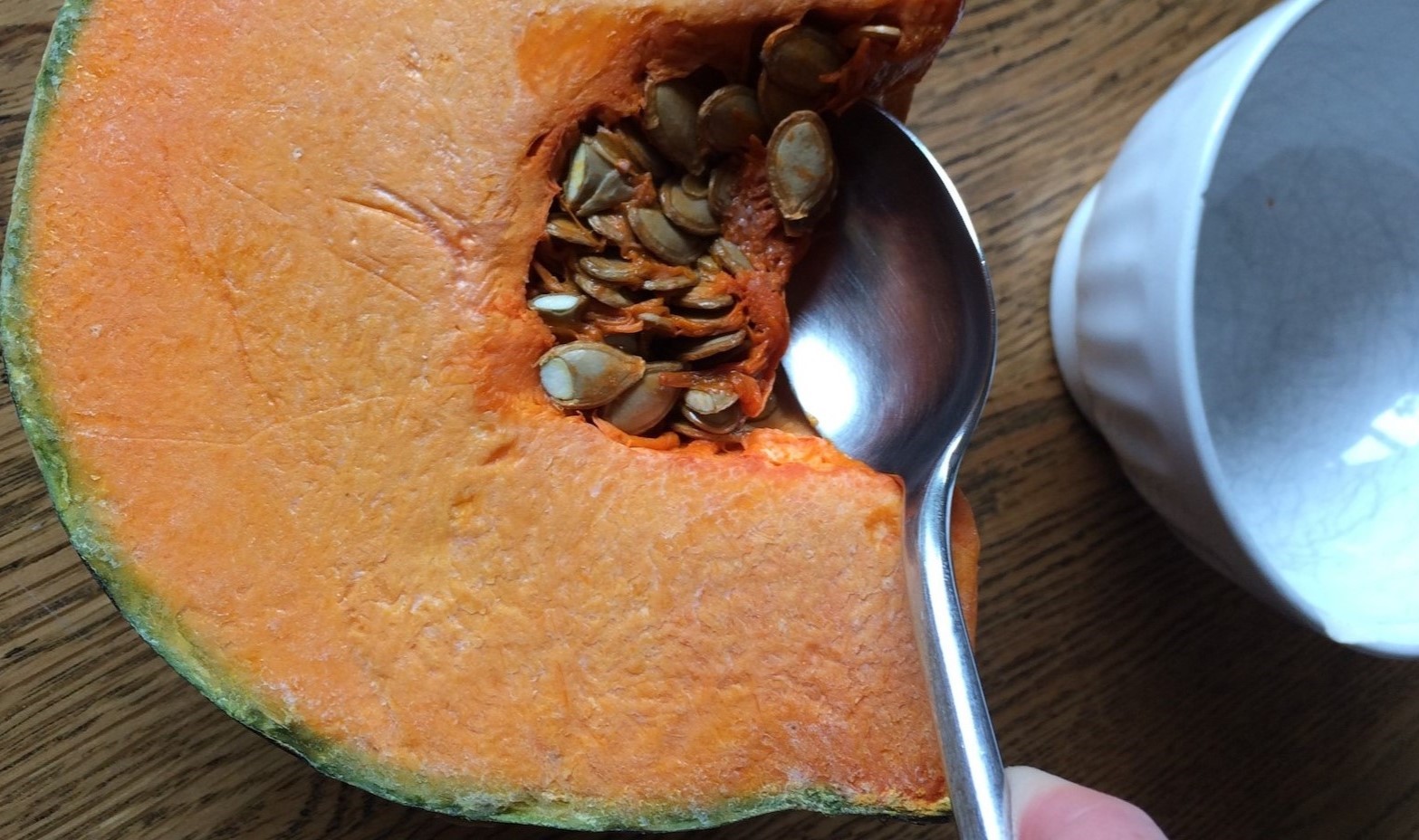

Garden Essentials
How Long Can You Keep Pumpkin Seeds For Planting
Modified: September 1, 2024
Learn how long you can store pumpkin seeds for planting in your garden and ensure a successful harvest. Follow our guidelines and tips for optimal results.
(Many of the links in this article redirect to a specific reviewed product. Your purchase of these products through affiliate links helps to generate commission for Storables.com, at no extra cost. Learn more)
Introduction
Gardening enthusiasts and green thumbs alike often find joy in collecting and saving seeds from their favorite plants. Not only does it allow them to continue the cycle of growth and continuity, but it also saves money on buying new seeds each year. If you have recently harvested some pumpkin seeds from your garden and are wondering how long they can be stored for planting, you have come to the right place.
Understanding the shelf life of pumpkin seeds and learning the best practices for storage is crucial to ensure their viability for future planting. Several factors can affect the longevity of pumpkin seeds, including their age, storage conditions, and how they are harvested and processed. In this article, we will explore these factors and provide valuable tips on how to maximize the shelf life of your pumpkin seeds.
Harvesting and storing pumpkin seeds requires a bit of effort, but the rewards are well worth it. By taking the time to properly collect and store your seeds, you can ensure a bountiful harvest in the following growing season. So, let’s dive in and discover the secrets to keeping your pumpkin seeds fresh and viable for years to come.
Key Takeaways:
- Keep pumpkin seeds in a cool, dark, and dry place to maintain their viability for up to 3 years. Test their germination rate before planting to ensure successful growth.
- Harvest ripe pumpkins, clean and dry the seeds, and store them in airtight containers. Rotate seed stock and label containers for optimal seed viability.
Read more: How Long Can You Keep Flax Seeds
Factors Affecting the Shelf Life of Pumpkin Seeds
Several factors play a role in determining the shelf life of pumpkin seeds. By understanding these factors, you can take appropriate measures to maximize the longevity of your seeds.
Age of the Seeds: The age of the pumpkin seeds can significantly impact their viability. Freshly harvested seeds generally have a higher chance of germination compared to older seeds. As seeds age, their moisture content decreases, making it harder for them to sprout. Therefore, it’s best to use fresh seeds for optimal success.
Storage Conditions: The way you store your pumpkin seeds can greatly affect their shelf life. Seeds should be kept in a cool, dry, and dark environment to prevent moisture and heat from causing damage. Exposure to sunlight and high temperatures can lead to premature aging and loss of viability. Consider using airtight containers or resealable bags to protect the seeds from moisture and pests.
Harvesting and Processing: The method used to harvest and process pumpkin seeds can impact their shelf life. To ensure the longest possible storage time, it’s important to properly clean and dry the seeds. Remove any remaining pulp or flesh and allow the seeds to thoroughly dry before storage. Moisture trapped in the seeds can lead to rot and deterioration over time.
Seed Viability: Each seed has its own inherent viability, which can vary even within the same pumpkin. Some seeds may be more dormant or have a higher chance of germination than others. It’s a good practice to test seed viability before planting by conducting a simple germination test. This test involves planting a few seeds in a small container and observing their germination rate.
Seed Quality: The quality of the pumpkin seeds, including their size, shape, and color, can reflect their overall health and viability. Look for seeds that are plump, firm, and free from visible damage or decay. Healthy seeds have a higher chance of successful germination and a longer shelf life.
By taking these factors into account and implementing proper storage techniques, you can extend the shelf life of your pumpkin seeds, increasing the chances of successful germination when the time comes to plant them.
Harvesting and Storing Pumpkin Seeds
Harvesting and storing pumpkin seeds correctly is crucial to maintain their quality and viability. Here are the steps to follow:
Step 1: Select Ripe Pumpkins: Wait until the pumpkins are fully mature before harvesting the seeds. This is indicated by their hard rind and a deep orange color. Avoid picking pumpkins that are still green or have soft spots.
Step 2: Remove the Seeds: Cut open the pumpkin carefully, and scoop out the seeds using a spoon or your hands. Separate the seeds from the stringy pulp, placing them in a bowl or colander.
Step 3: Clean the Seeds: Rinse the seeds in a bowl of water, removing any remaining pulp or debris. Gently swish the seeds around to ensure thorough cleaning.
Step 4: Dry the Seeds: Lay the cleaned seeds in a single layer on a paper towel or a fine mesh drying rack. Allow them to dry completely for several days in a well-ventilated area. Make sure they are not exposed to direct sunlight or high humidity during this drying process.
Step 5: Store the Seeds: Once the pumpkin seeds are fully dry, transfer them to an airtight container, such as a glass jar or a sealable plastic bag. Label the container with the date and seed variety for future reference.
Step 6: Choose the Storage Location: Find a cool, dark, and dry place for storing the pumpkin seeds. A pantry or a basement is often suitable, as long as the temperature and humidity are well-regulated. Avoid storing seeds in the garage or any location prone to extreme temperature fluctuations.
Step 7: Maintain Proper Conditions: Check the stored seeds periodically for any signs of moisture or pest infestation. If condensation or mold appears, promptly dry out the seeds and consider resealing them in a new container with fresh desiccant packets or silica gel to absorb excess moisture.
Following these steps will help ensure that your pumpkin seeds remain in optimal condition and ready for planting in the future. Remember to store the seeds in a location where they will not be exposed to freezing temperatures or excessive heat, as extreme conditions can reduce their viability.
Testing Seed Viability
Before planting your stored pumpkin seeds, it’s a good idea to test their viability. This simple process will help you determine the percentage of seeds that are still capable of germinating. Here’s how to test seed viability:
Step 1: Gather Your Materials: You’ll need a few damp paper towels, a resealable plastic bag, and a marker for labeling.
Step 2: Prepare the Seeds: Take a small sample of your stored pumpkin seeds, around 10 to 20 seeds, and place them on a damp paper towel. Spread them out evenly, making sure they are not touching each other.
Step 3: Seal the Bag: Carefully fold the damp paper towel with the seeds, ensuring that they stay in place. Place the folded towel inside a resealable plastic bag and seal it. Be sure to label the bag with the seed variety and the testing date.
Step 4: Wait and Observe: Keep the bag in a warm location, such as a sunny windowsill or a heated room. Check the bag every few days and spritz the paper towel with water if it starts to dry out.
Step 5: Record Germination: After about a week, check the seeds for signs of germination. Count the number of seeds that have sprouted and calculate the germination rate as a percentage.
Step 6: Interpret the Results: A germination rate above 80% is generally considered excellent, indicating that the majority of your seeds are still viable. If the rate falls between 50% and 80%, it may be worth planting a few extra seeds to compensate for any potential low germination. However, if the rate is below 50%, it’s advisable to purchase new seeds for better success.
Testing seed viability not only helps you gauge the potential success of your stored seeds but also allows you to make informed decisions about how many seeds to plant and whether to supplement the planting with new seeds. Remember, the viability of stored seeds can vary, so testing before planting will give you a clearer picture of what to expect when sowing your pumpkin patch.
Pumpkin seeds can be kept for planting for up to 6 years if stored in a cool, dry place. Make sure to label and date the seeds for easy tracking.
Optimal Conditions for Storing Pumpkin Seeds
To maximize the shelf life and viability of your pumpkin seeds, it is essential to store them in optimal conditions. Here are the key factors to consider:
Temperature: Pumpkin seeds should be stored in a cool environment, ideally between 40°F (4°C) and 50°F (10°C). Avoid storing them in areas where temperatures fluctuate significantly, such as near heaters or air conditioners. Extreme heat or cold can reduce the viability of the seeds.
Humidity: Moisture is the enemy of stored seeds, as it can lead to mold, rot, and decreased viability. Aim for low humidity levels, ideally below 50%. Avoid storing seeds in damp basements or areas prone to high humidity, such as bathrooms or laundry rooms.
Light: Exposure to light can also shorten the shelf life of pumpkin seeds. Store them in a dark location to minimize the effects of light. This can be achieved by using opaque containers or placing the seeds in a dark storage area.
Airtight Containers: Choose airtight containers or resealable plastic bags to store your pumpkin seeds. This helps protect the seeds from moisture, insects, and other pests. Make sure to remove as much air as possible from the bags or containers before sealing them to create a microenvironment that discourages seed deterioration.
Desiccant Packs or Silica Gel: To further extend the shelf life of your seeds, consider adding desiccant packs or silica gel packets inside the storage containers. These absorb moisture and help maintain a dry environment for the seeds. Avoid using powdered desiccants, as they may contain chemicals that can harm the seeds.
Labeling: Properly label each container or bag with the date of storage and the seed variety. This will help you keep track of the age and type of seeds you have stored, allowing you to use older seeds before newer ones.
Regular Monitoring: Periodically check your stored seeds for any signs of moisture, mold, or pest infestations. If you notice any issues, take immediate action to address them. Remove any compromised seeds to prevent the spread of decay.
By following these optimal storage conditions, you can prolong the viability of your pumpkin seeds, giving them the best chance of successful germination when it’s time to plant them. Remember that even under ideal conditions, the shelf life of pumpkin seeds can vary, so it’s always a good practice to test the viability before sowing.
How Long Can Pumpkin Seeds Be Stored?
The storage life of pumpkin seeds can vary depending on several factors, including their age, quality, and storage conditions. Under optimal conditions, pumpkin seeds can be stored for about 1 to 3 years while maintaining good viability.
Freshly harvested pumpkin seeds have the highest germination rate and can be used for planting immediately. However, if stored properly, these seeds can remain viable for up to 3 years. It’s important to note that as seeds age, their germination rate naturally declines, so it’s best to use the oldest seeds first for optimal success.
The longevity of pumpkin seeds also depends on their quality and how well they are stored. High-quality seeds, free from damage or decay, have a better chance of staying viable for a longer period. Proper storage conditions, including temperature, humidity, and protection from light and pests, play a crucial role in preserving seed viability.
Regularly monitoring the stored seeds and conducting regular germination tests can help assess their viability. This way, you can determine whether to continue using older seeds or invest in fresh ones for better germination rates.
It’s important to keep in mind that while pumpkin seeds can be stored for several years, their viability may decrease over time. To maximize the chances of successful germination, it’s advisable to use seeds that are no older than 2 to 3 years. If you are unsure about the viability of older seeds, it’s always a good idea to perform a germination test before planting.
By understanding the factors that affect seed longevity and following proper storage practices, you can ensure that your pumpkin seeds remain viable for an extended period. This allows you to enjoy continuous harvests and the satisfaction of growing your own pumpkins year after year.
Tips for Extending Seed Viability
If you want to extend the viability of your pumpkin seeds and ensure successful germination, here are some helpful tips:
1. Start with High-Quality Seeds: Choose healthy, fully mature pumpkin seeds when harvesting. Look for seeds that are plump, firm, and free from damage or decay. High-quality seeds have a better chance of remaining viable during storage.
2. Harvest and Clean Seeds Properly: When harvesting pumpkin seeds, ensure they are fully dry and free from any surrounding pulp or debris. Thoroughly clean the seeds before storage to remove any potential sources of moisture that can lead to rot.
3. Optimal Storage Conditions: Store your pumpkin seeds in a cool, dark, and dry place with low humidity. Aim for a temperature between 40°F (4°C) and 50°F (10°C) and humidity levels below 50%. Use airtight containers or resealable bags to protect the seeds from moisture and pests.
4. Regularly Check for Moisture and Pests: Periodically inspect your stored seeds for any signs of moisture or pest infestation. If you notice condensation, mold, or pests, take immediate action to address the issue. Remove any compromised seeds to prevent the spread of decay.
5. Conduct Germination Tests: Regularly test the viability of your stored seeds by conducting germination tests. This will give you a clear idea of the germination rate and help you determine how many seeds to plant. Use the percentage of germination as a guide for adjusting the number of seeds you sow.
6. Rotate Seed Stock: If you have multiple batches of pumpkin seeds stored, make sure to rotate your seed stock by using the older seeds first. This way, you can ensure the freshest and most viable seeds are always being sown.
7. Label and Date: Properly label each storage container or bag with the date and seed variety. This will help you keep track of the age of the seeds and prevent confusion when it comes time to plant them.
8. Consider Seed Saving Each Year: To ensure a fresh and reliable supply of pumpkin seeds, consider saving seeds from your healthiest and most productive plants each year. This practice allows you to continually adapt and select the most resilient seeds for future generations, improving overall seed viability.
By following these tips and implementing proper seed storage practices, you can extend the viability of your pumpkin seeds and increase the chances of successful germination. With a little care and attention, you can enjoy a bountiful harvest of pumpkins year after year.
Conclusion
Properly harvesting, storing, and maintaining the viability of pumpkin seeds is essential for successful gardening and continuous harvests. By considering factors such as seed age, storage conditions, and seed quality, you can extend the shelf life of your pumpkin seeds and increase the likelihood of robust germination rates.
Harvesting ripe pumpkins, removing the seeds, cleaning them thoroughly, and allowing them to dry completely are crucial steps in preparing the seeds for storage. Choosing the right storage conditions, including temperature, humidity, and protection from light and pests, will help maintain the seeds’ viability over time.
Regularly testing seed viability through germination tests and monitoring the seed quality are important practices to ensure you are using viable seeds. If the germination rate falls below 50%, it may be wise to purchase fresh seeds for better results.
With the optimal storage conditions and attention to seed quality and age, pumpkin seeds can be stored for up to 1 to 3 years while preserving good viability. However, it is recommended to use the seeds within 2 to 3 years for the best chances of germination success.
To maximize the viability of your pumpkin seeds, it is important to use high-quality seeds, properly clean and dry them before storage, and keep them in a cool, dark, and dry environment. Regularly checking for moisture and pests, as well as rotating seed stock and labeling containers, are effective strategies to maintain the seeds’ viability.
By following these guidelines and incorporating the best practices for seed storage, you can enjoy the satisfaction of cultivating healthy and thriving pumpkin plants year after year. So don’t let those precious pumpkin seeds go to waste – put them to good use and watch your garden flourish!
Frequently Asked Questions about How Long Can You Keep Pumpkin Seeds For Planting
Was this page helpful?
At Storables.com, we guarantee accurate and reliable information. Our content, validated by Expert Board Contributors, is crafted following stringent Editorial Policies. We're committed to providing you with well-researched, expert-backed insights for all your informational needs.
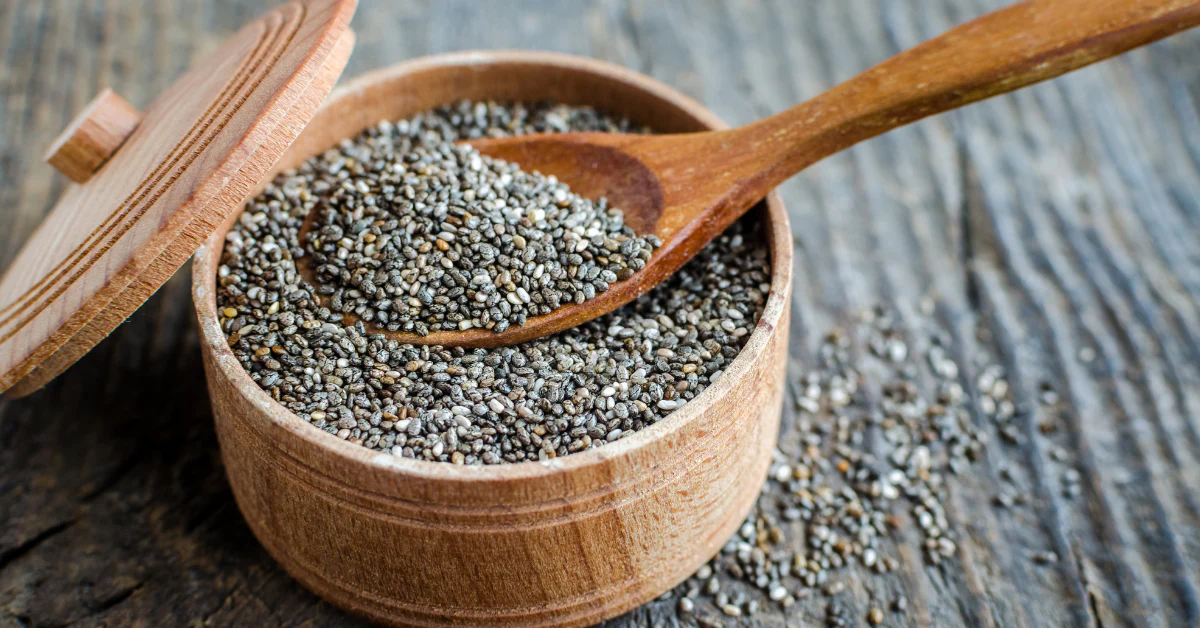
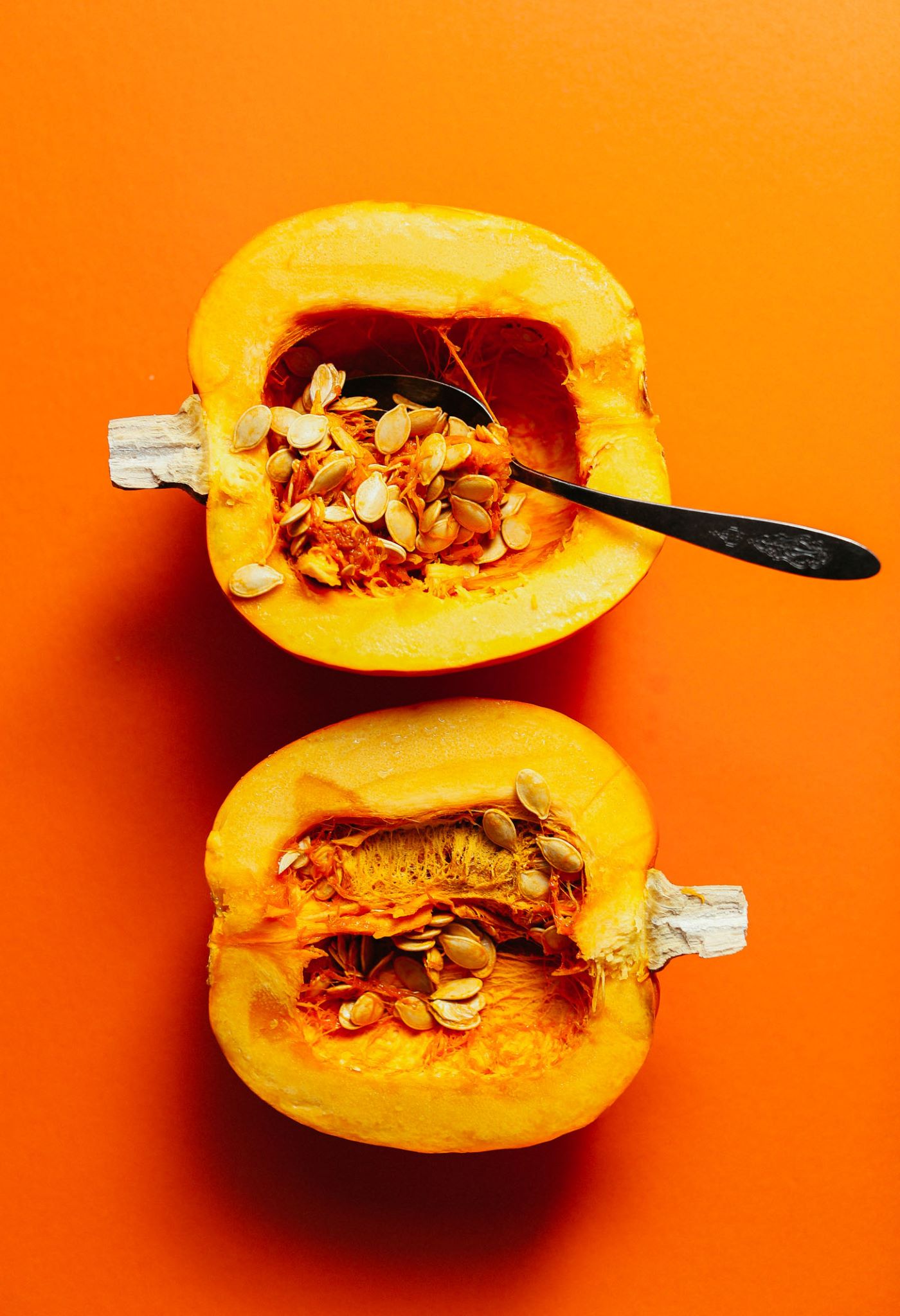
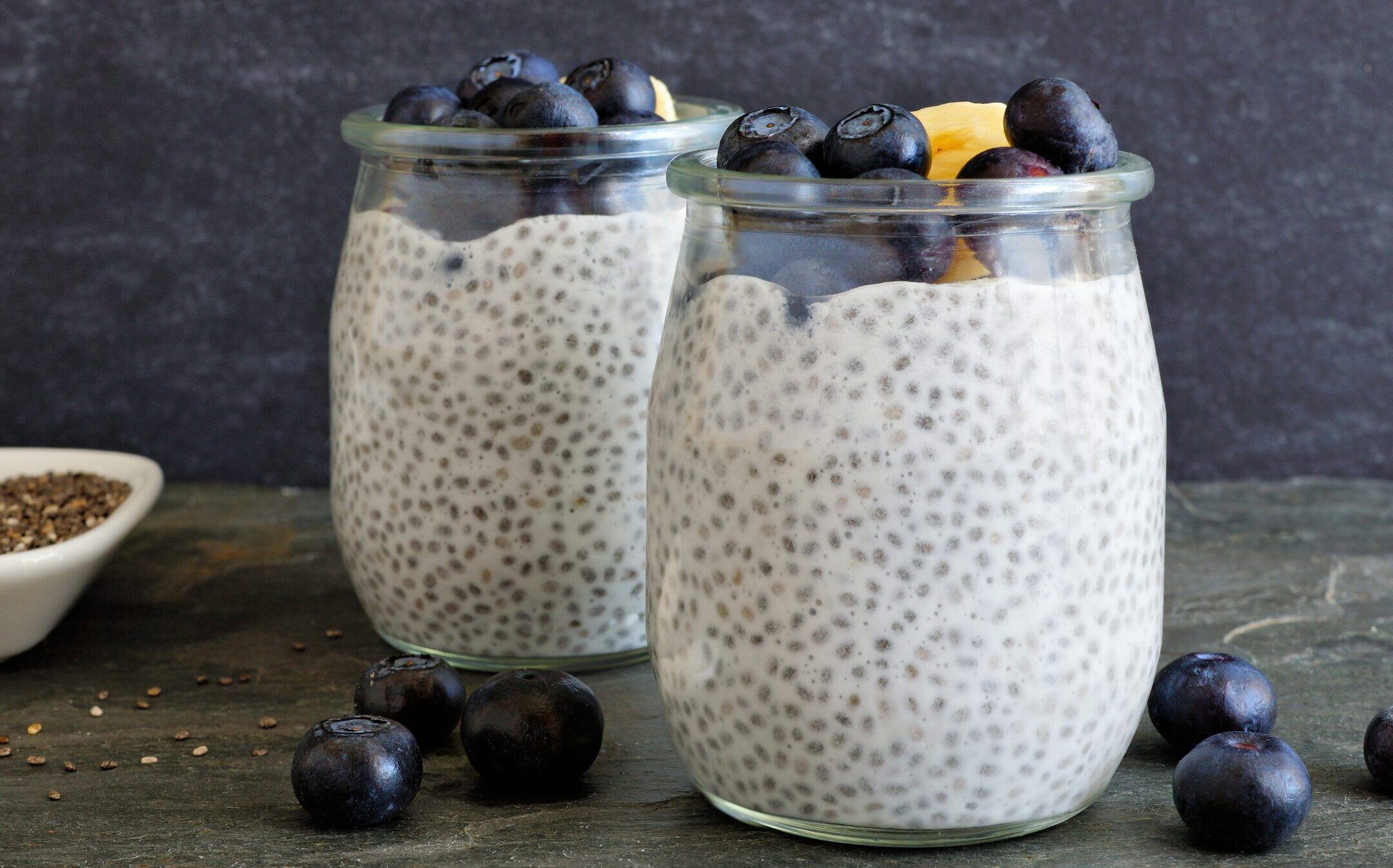
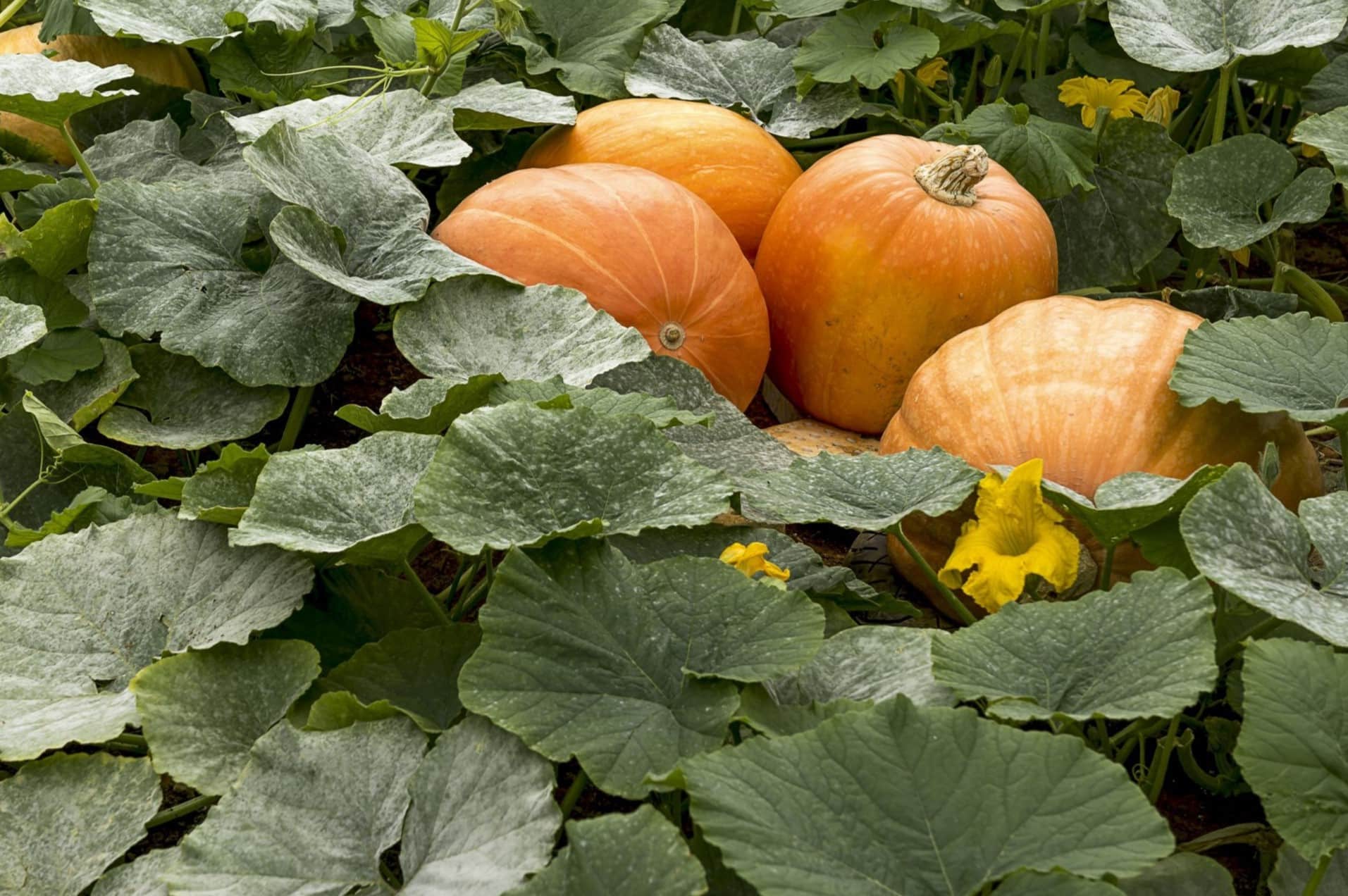
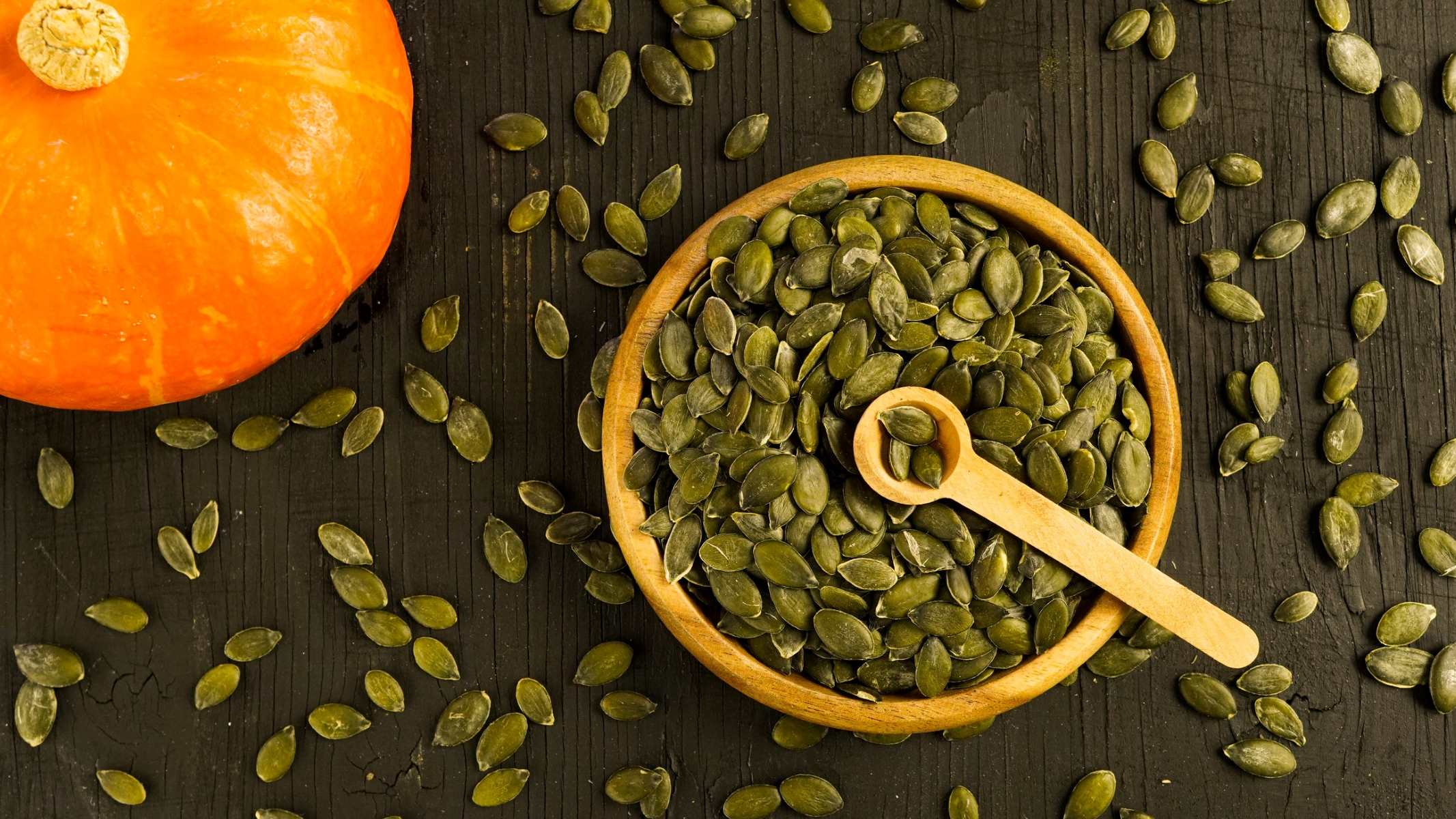
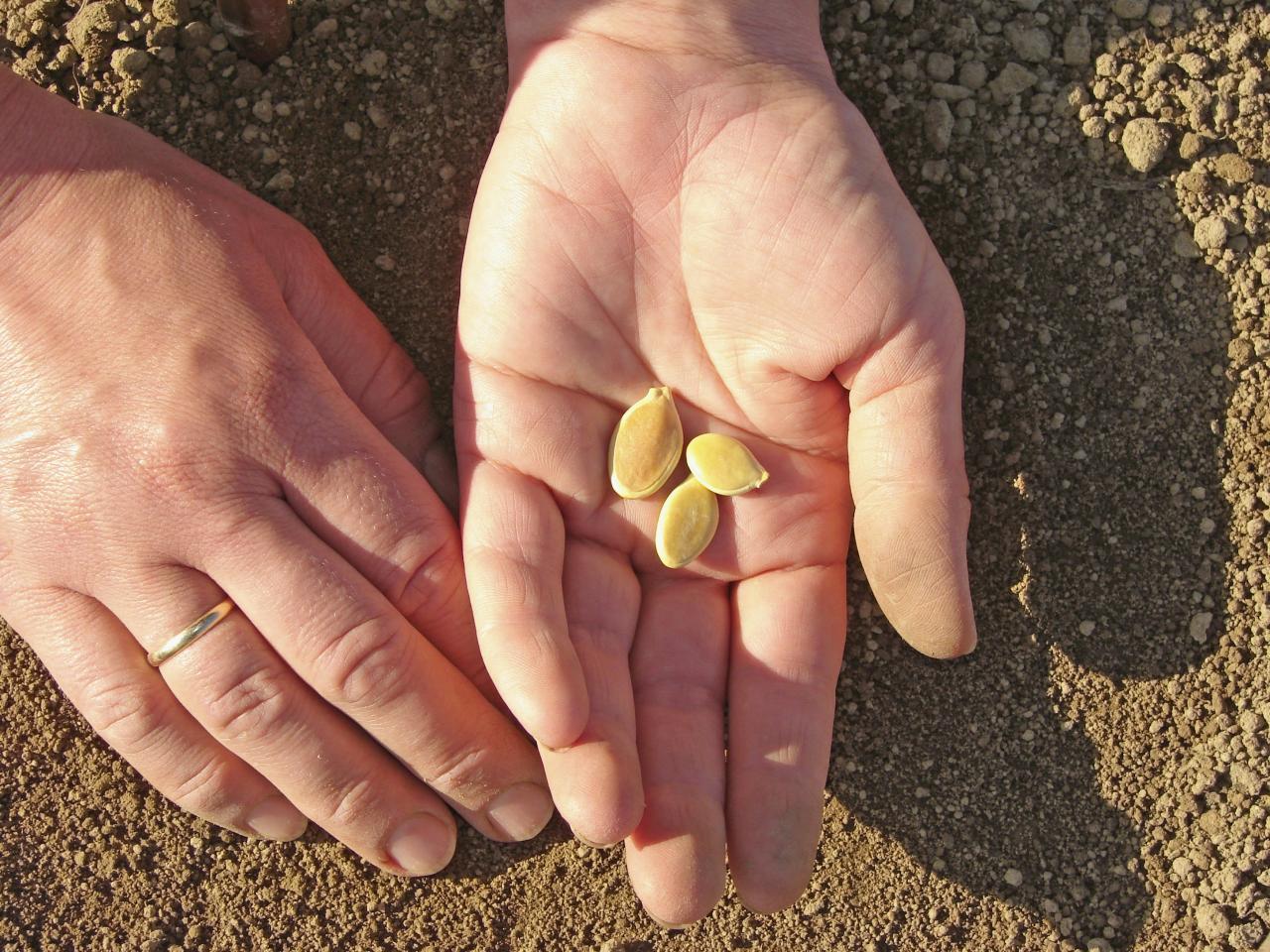
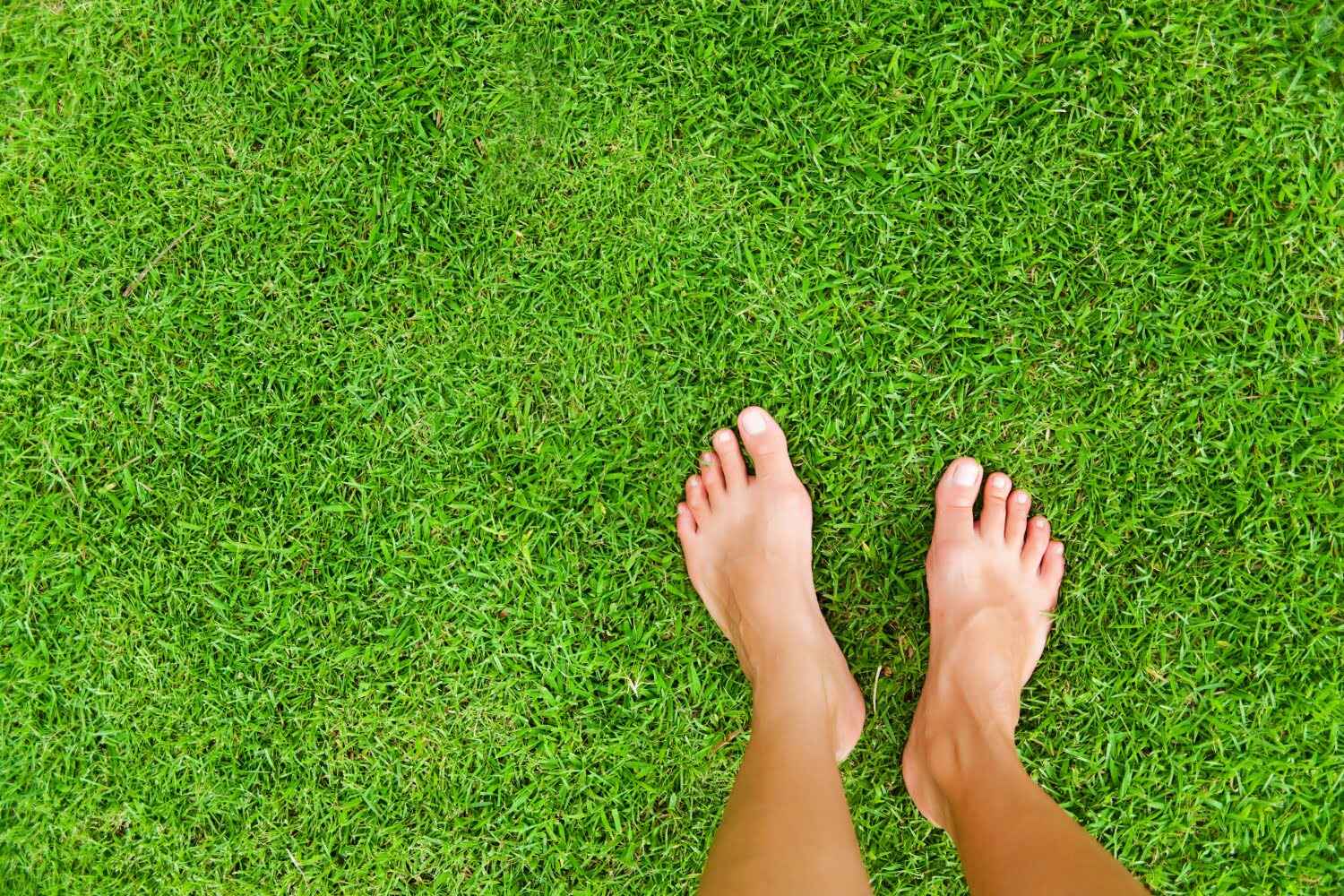
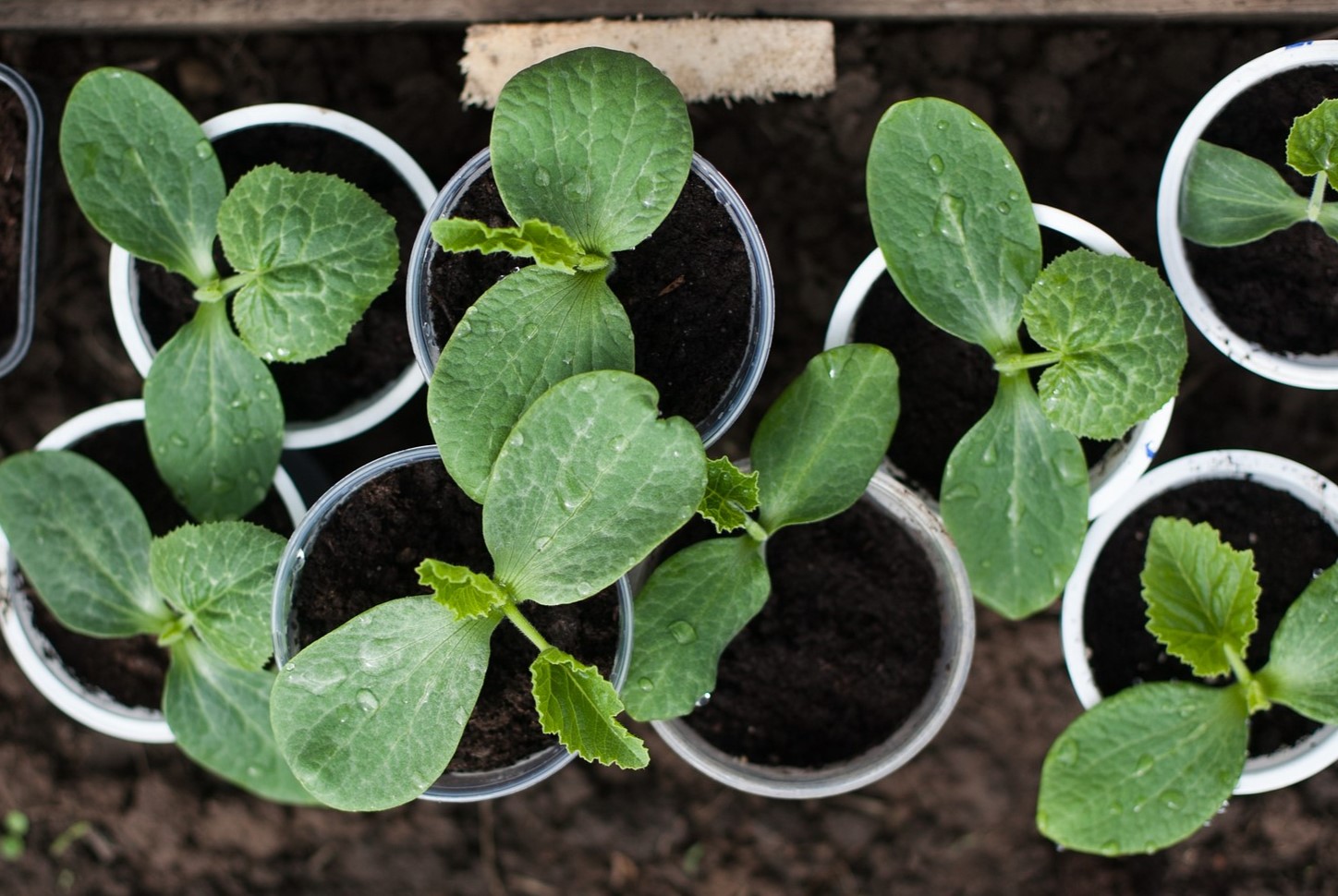
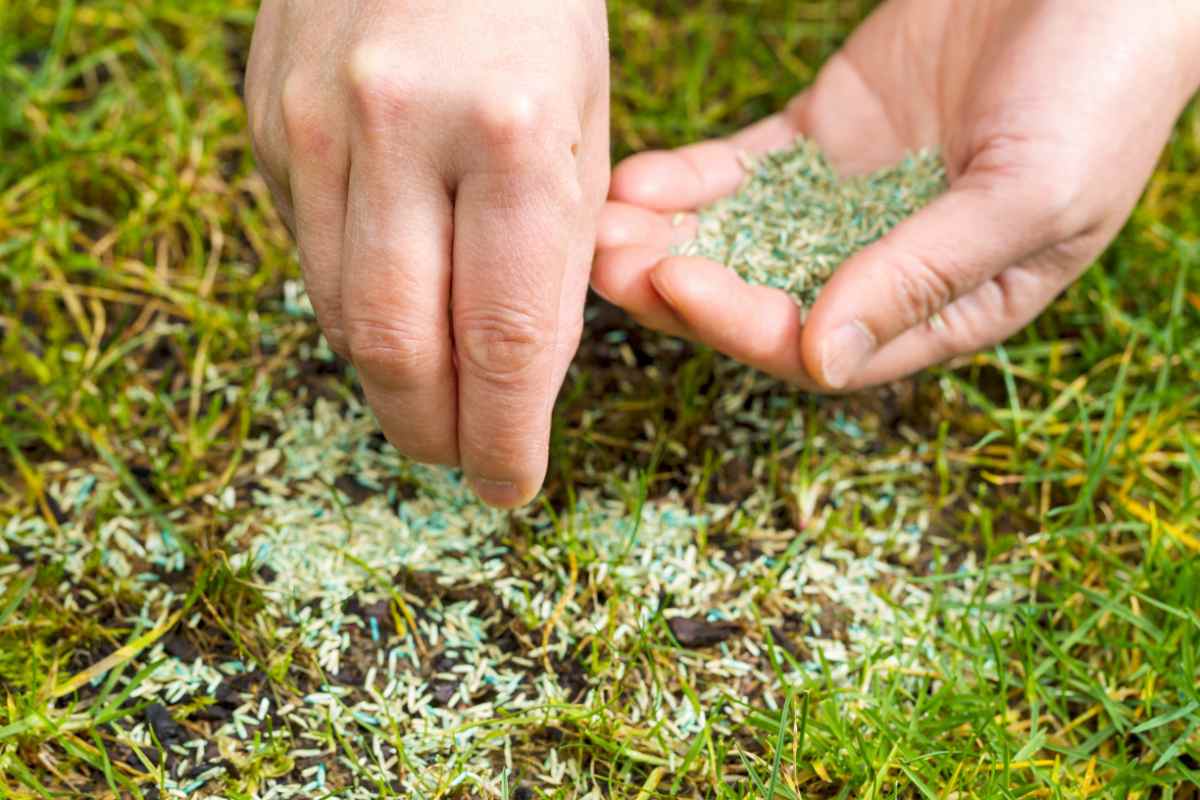
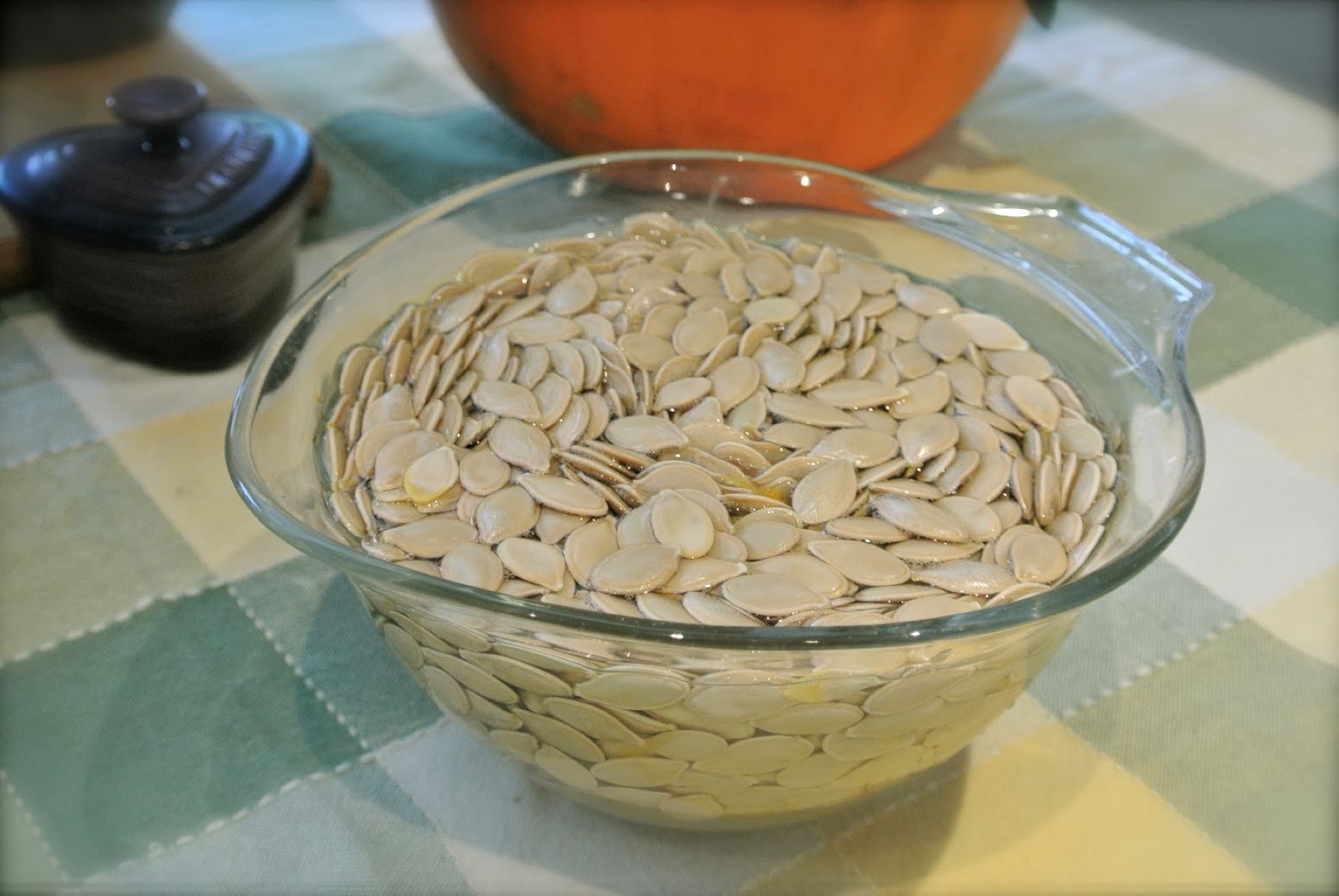
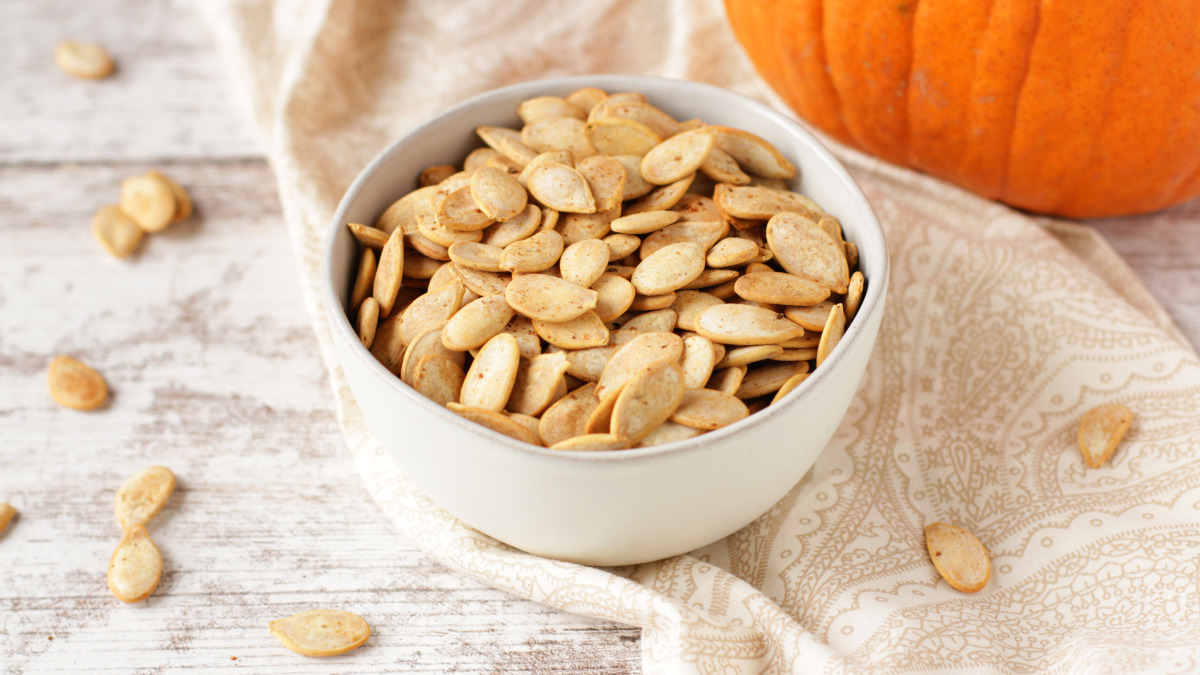
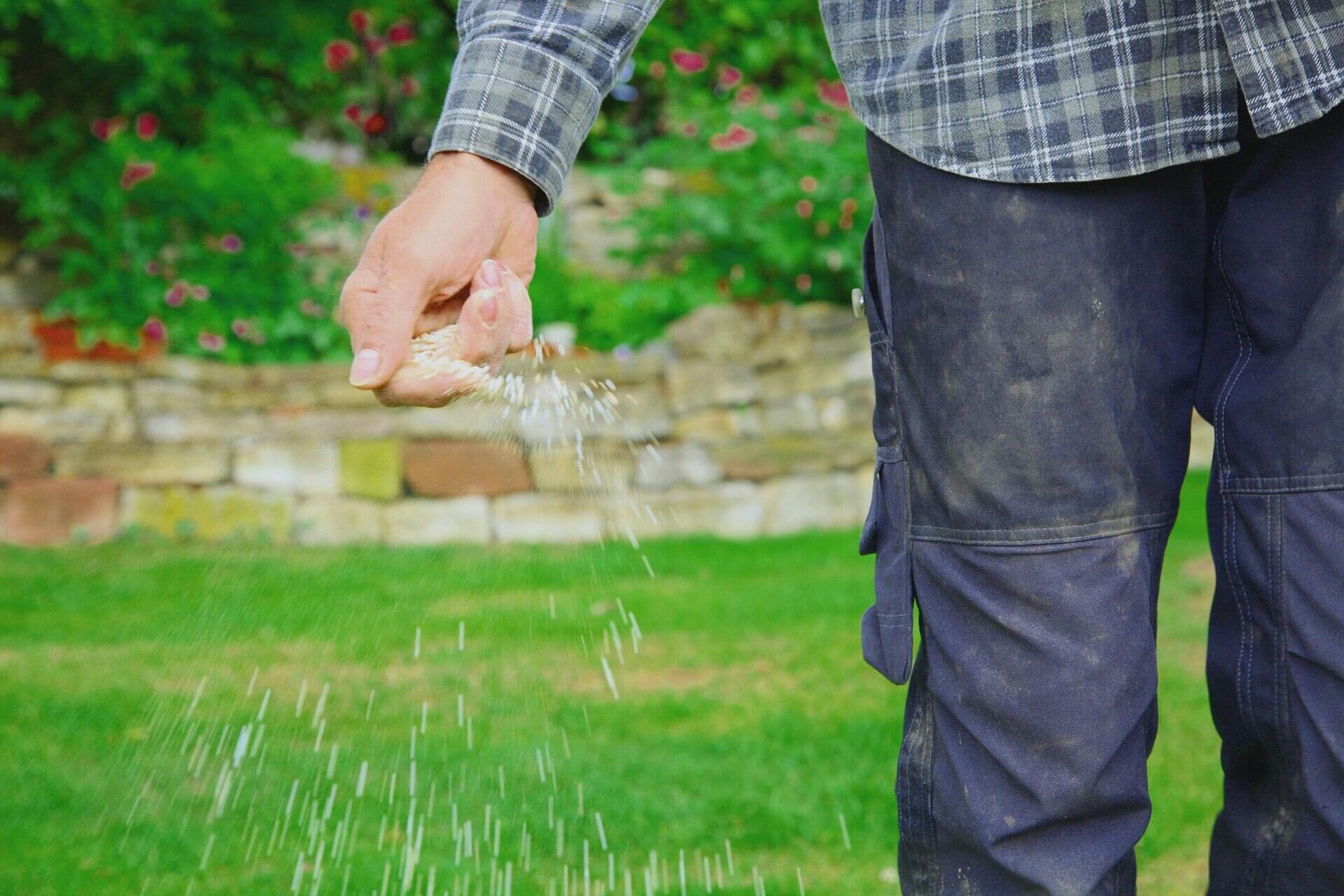
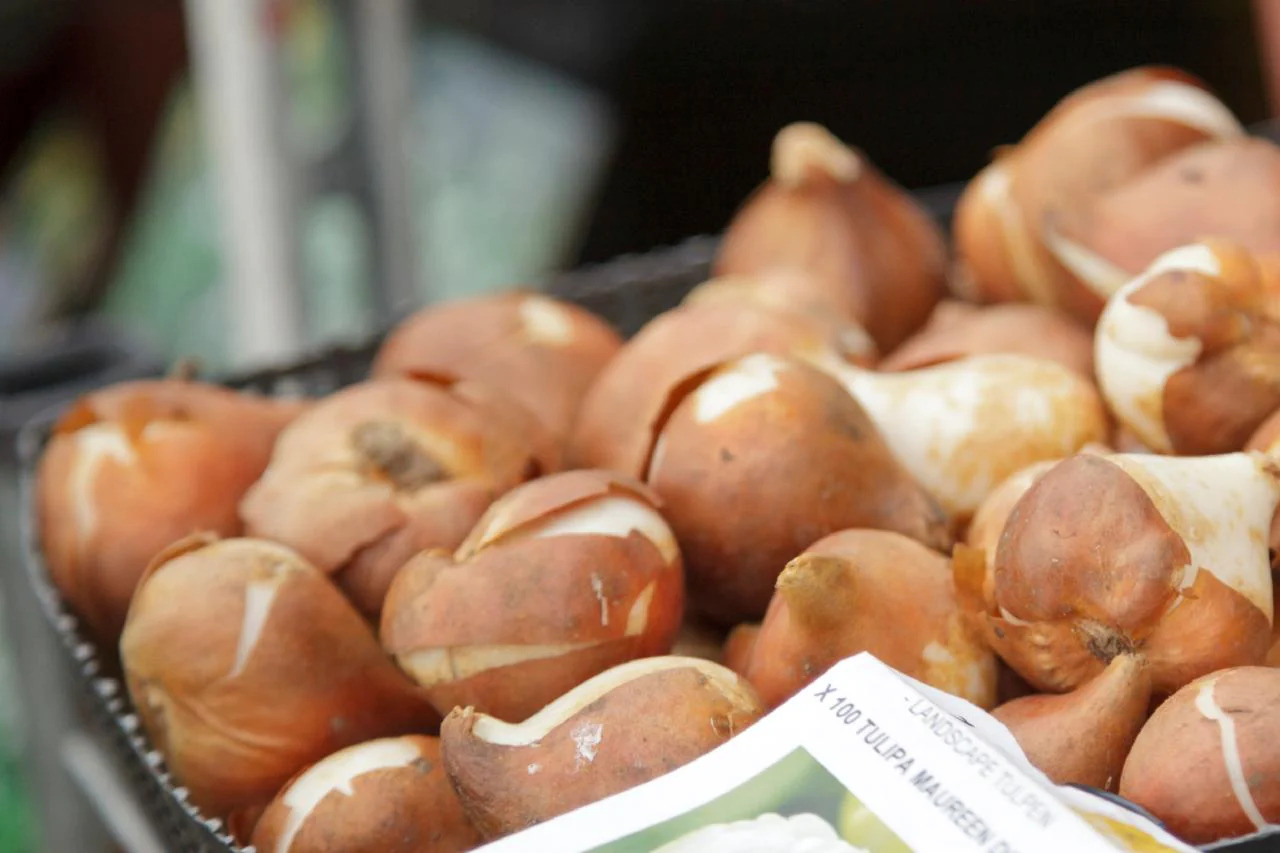
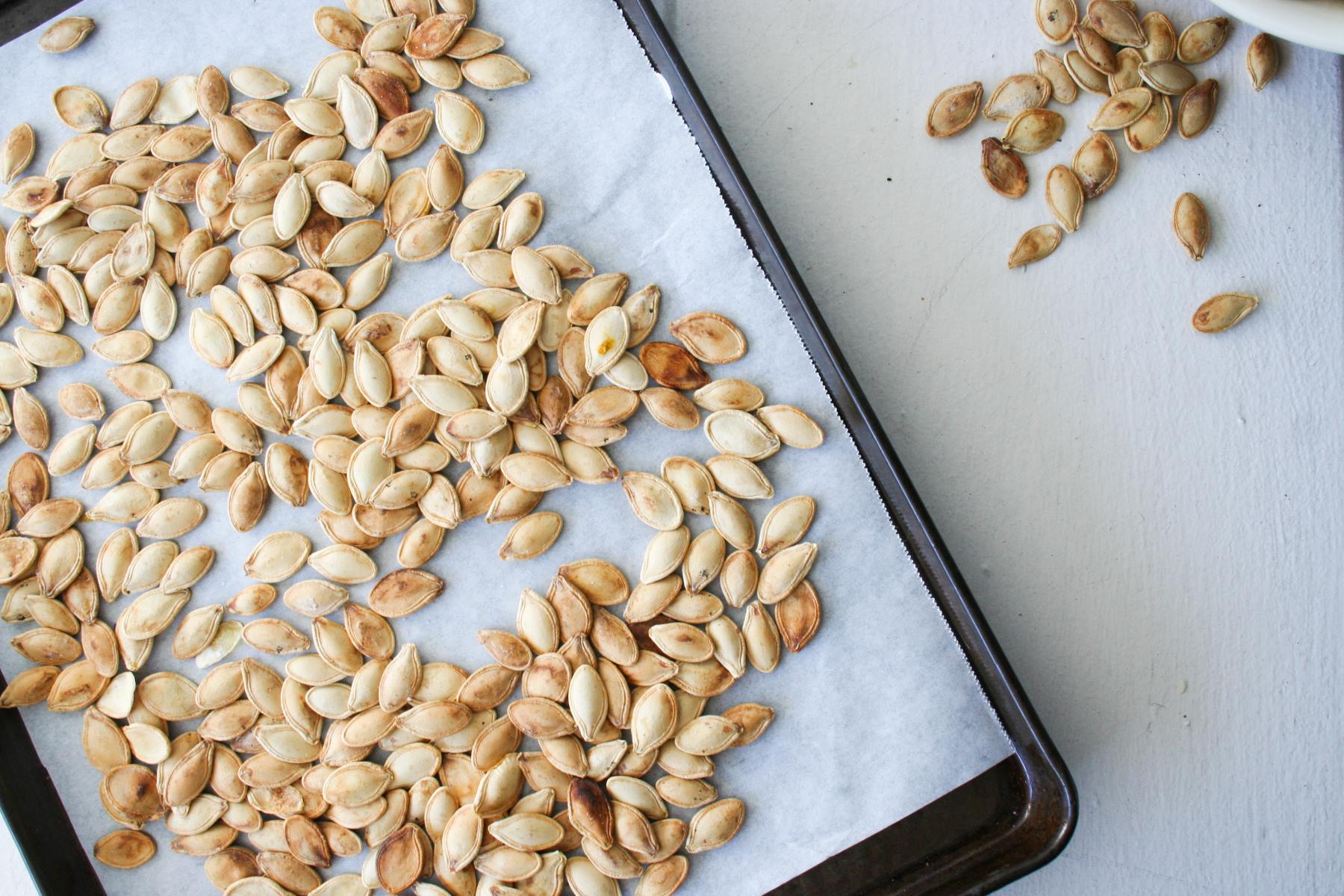

0 thoughts on “How Long Can You Keep Pumpkin Seeds For Planting”